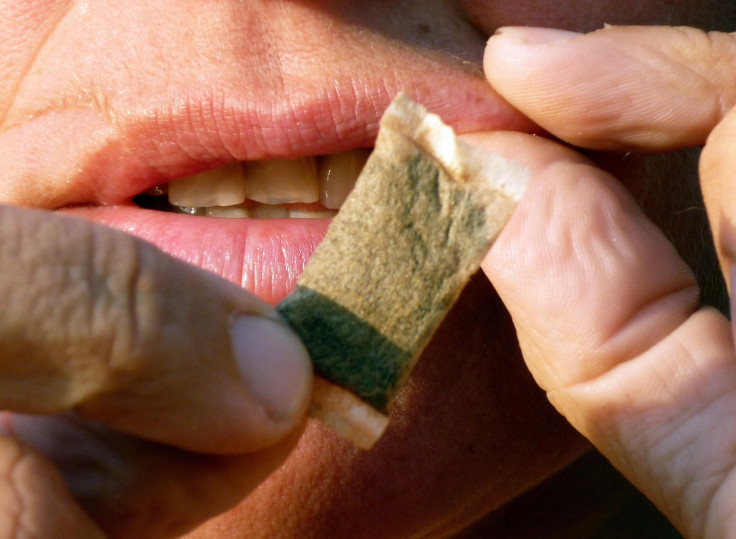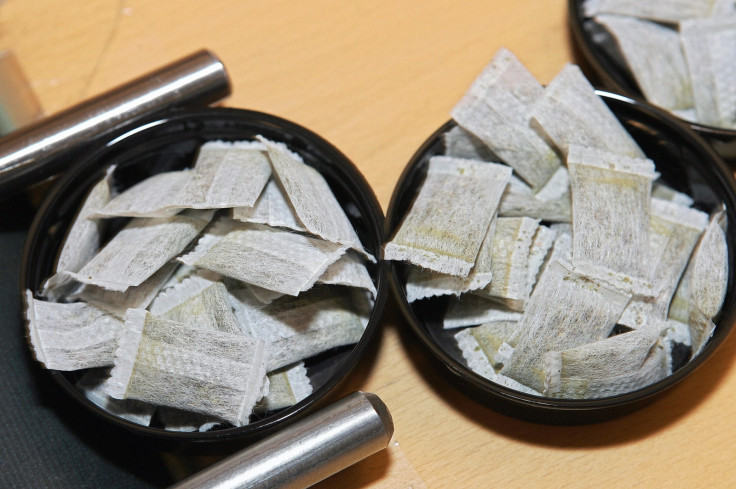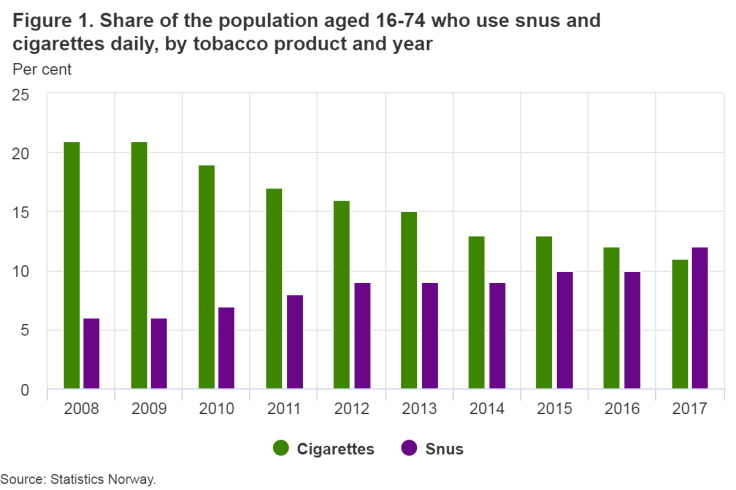Snus tobacco: Healthier than cigarettes, but banned by the EU

KEY POINTS
- Snus is healthier than cigarettes but it is banned by the EU.
- Norway is not an EU member state.
- More Norwegians now use snus than smoke.
Norwegian people using snus – an orally taken snuff tobacco – now outnumber smokers for the first time in history. Snus is healthier than cigarettes, yet it remains banned by the EU.
New government figures show that in 2017 some 11% of the adult population in Norway were daily smokers, while 12% used snus every day. The gap was more pronounced among the younger population.
Snus is a moist tobacco powder originating in Scandinavia and still popular in Sweden – which enjoys an exemption from the EU law prohibiting its manufacture and sale, and Norway – which is not an EU member state.
Users place a pinch or a small teabag-like pouch of snus under their lips and allow the mouth's saliva to absorb the nicotine from the product.
It differs from chewing tobacco, which, as the name suggests, has to be chewed.
In fact, Snus has more in common with dipping tobacco, popular in the southern US states, which is also placed under the lip. However, "dip" produces excess saliva requiring the user to spit regularly, unlike snus.
All of the products are associated with nasal, oral and gastrointestinal cancer, but snus is safer than smoking cigarettes. A 2014 report from Public Health England said: "Smokers who switch from smoked to smokeless tobacco substantially reduce the hazard to their health... smokeless products have great potential as a harm reduction option for smokers."
Yet snus cannot be made and sold anywhere in the EU except for Sweden, which negotiated an exemption to the ruling when it joined the bloc in 1995.
It was outlawed, along with dipping tobacco, three years previously when a US company tried to introduce a dip into the UK. Chewing tobacco and nasal stuff remain legal across the continent.


The ban was introduced after health campaigners understandably protested the arrival of a new, cancer-causing tobacco product. However, evidence has suggested that smokeless tobaccos improve public health when introduced to a population.
Public Health England acknowledged in 2014 that, while snus was "not likely to become a legal or indeed [a] politically viable option in the UK", data from Sweden and Norway showed that it could "contribute to significant reductions in smoking prevalence".
Know your snuffs
Nasal snuff: The first form of smokeless tobacco that was consumed by humans is nasal snuff. It is a fine dry powder which is snuffed into the nostrils. There is a variety of grinds and moisture levels to meet different user preferences. Standard flavors are menthol and regular tobacco.
Dipping tobacco: Commonly known as dip, chew or moist snuff. Very popular in the Southern US. Dip is used by placing a pinch in the lower lip where it is kept between 10-30 minutes.
Snus: Similar to dip but is steam-pasteurised, whereas dip is fire cured. Popular in Scandinavia. Dipping requires the user to spit whereas snus does generally not .
(Source: Northener)




















